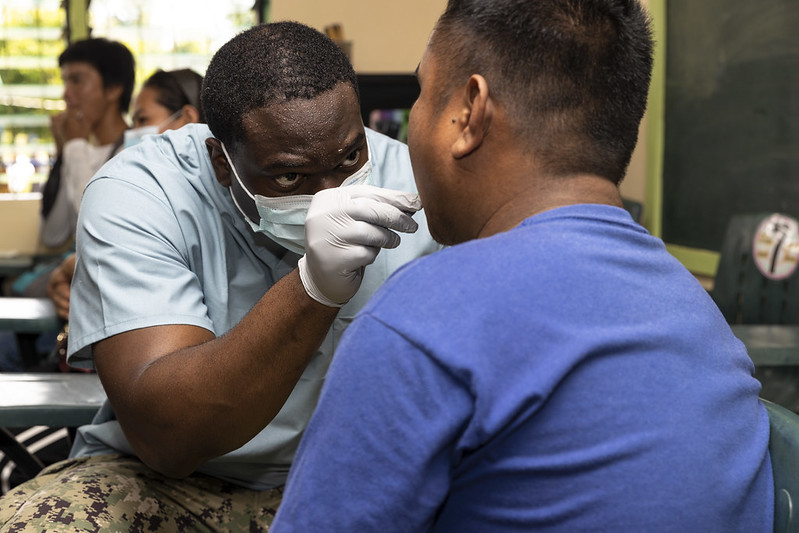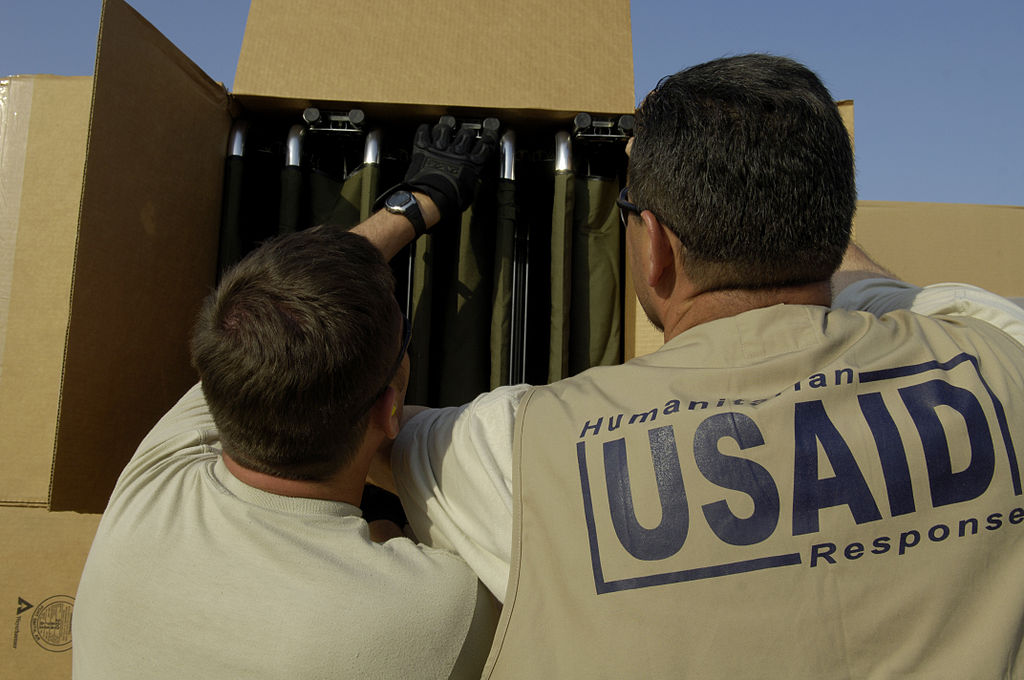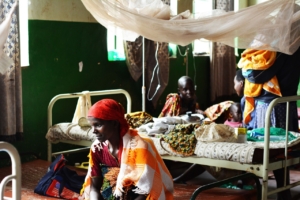 Though Hawaiians live next to lush nature and clear blue waters, they are vulnerable to several diseases. The state’s 21% shortage of physicians exacerbates their risk, according to the Hawaii Journal of Health & Social Welfare, and Hawaii has the third highest cost of living in the United States. Additionally, the population of 1.5 million people, 376,000 of whom are Native Hawaiians, is at the highest levels of poverty in Hawaii. These are five common diseases in Hawaii.
Though Hawaiians live next to lush nature and clear blue waters, they are vulnerable to several diseases. The state’s 21% shortage of physicians exacerbates their risk, according to the Hawaii Journal of Health & Social Welfare, and Hawaii has the third highest cost of living in the United States. Additionally, the population of 1.5 million people, 376,000 of whom are Native Hawaiians, is at the highest levels of poverty in Hawaii. These are five common diseases in Hawaii.
1. Leptospirosis
The first of the diseases in Hawaii is leptospirosis. This is a bacterial disease that commonly exists in warm climates; of the 100-200 cases identified in the United States, around 50% occur in Hawaii, as KHON2 reported. Leptospirosis can infect both humans and animals, and symptoms include fever, headaches, muscle aches, red eyes, vomiting and diarrhea. Most cases are mild, but extreme cases can cause both acute liver and kidney failure or even death if not treated.
According to the Hawaii Department of Health (DOH), one of the most common ways people contract Leptospirosis is by swimming in bodies of fresh water such as ponds, rivers or streams; if the urine from an infected animal seeps into a body of freshwater, it an be contaminated, and the bacterium can enter through broken skin, the mouth, the nose or eyes.
In 2023, Hawaii Pacific University received $50,000 to research how leptospirosis grows in Hawaii’s wetlands and fishponds. To stop the spread, recommendations are that people not swim in freshwater bodies of water, drink from freshwater bodies, keep animals from accessing catchment water-collection areas from tree branches, and vaccinate farm animals and pets. Antibiotics like doxycycline or penicillin can treat the disease.
2. Oral Cancers
According to the University of Hawaii Cancer Center, the rate of oral cancer in Hawaii is higher when compared to the rest of the United States. Early symptoms can include a bump or sore in the mouth that has not healed in two weeks, difficulty swallowing, numbness in your mouth or face or constant earaches, and the survival rate is only 50%, according to Hawaii News Now.
One of the theorized causes of these higher rates is betel nuts. As part of cultural practices in Asia and the Pacific Islands, it is meant to be chewed sometimes with either tobacco or lime, which research suggests can cause oral cancer, according to the National Institute of Health.
Two organizations fighting oral cancer in Hawaii are the Oral Cancer Foundation (OCF) and the University of Hawai’i Cancer Center. OCF funds oral cancer research, like through their Oral Cancer Walk in Honolulu that raised more than $5,000 for oral cancer research, and connects people to free oral cancer screening events. At the University of Hawai’i Cancer Center, researchers have found new treatments for oral cancer survivors that include exercise.
Experts encourage individuals experiencing early symptoms to get screened for oral cancer. Additionally, Oral and Maxillofacial Surgery Associates, Inc. recommends performing monthly self-examinations using a light and mirror to detect any unusual changes.
3. Legionellosis
Legionnaires’ disease and Pontiac fever are both referred to as Legionellosis. It is a disease caused by Legionella bacteria. While Pontiac fever is a milder infection similar to the flu, Legionnaires’ disease is a potentially deadly lung infection, according to the U.S. Department of Labor. Hawaii News Now reported that the bacteria can be found in plumbing systems, hot water tanks, water fountains and air conditioning systems.
In recent years, there have been high-profile incidents of Legionella bacteria being found in water systems that serve a large number of people. In May 2022, the DOH confirmed five people were infected at a hotel in Waikiki. Then, in June 2024, Hawaii News Now reported legionella bacteria were discovered in the Prince Jonah Kuhio Kalanianaole federal building and courthouse in downtown Honolulu; around that same time, detectable levels of bacteria were found in six other federal buildings.
Though not specifically in Hawaii, there are organizations that provide education, conduct research and advocate among federal and state governments to prevent the spread of Legionellosis. These include Legionella.org and the Alliance to Prevent Legionnaires’ Diseases.
Those who are over the age of 50 or have a history of chronic lung disease, weakened immune system or cancer are at an increased risk of developing Legionnaires’ disease when exposed to Legionella bacteria. Symptoms of Legionnaires’ disease include cough, shortness of breath or fever.
4. Melanoma
The skin’s overexposure to ultraviolet radiation (UV rays) from the sun can cause melanoma, and since Hawaii receives so many UV rays, Hawaiians are often more vulnerable. In a study of melanoma cases due to UV radiation across the United States, nearly 97% came from Hawaii; this is according to a study that the International Journal of Cancer conducted. The study also found that 94% of all cases in the United States occurred in non-Hispanic whites.
Organizations in Hawaii work to educate the public on how to reduce the risk of melanoma. In 2021, the University of Hawaii Cancer Center partnered with the Hawaii Skin Cancer Coalition to educate the public on how to stay safe while in the sun. When the sun is brightest between 10 a.m. and 4 p.m., they recommend that you seek shade whenever possible. Additionally, they encouraged the use of UV-protecting clothes, sunglasses, and sunscreen above SPF 30 and reapplied every two hours.
Additionally, the American Cancer Society in Hawaii provides resources for those battling cancer in Hawaii. They provide both transportation to medical appointments, through the Road to Recovery Program, and housing for Hawaiians battling cancer at the T.C. Ching Hope Lodge.
5. Measles
Another of the diseases in Hawaii is measles. Measles is a highly infectious disease that causes pneumonia, brain inflammation and death; it is also highly contagious, especially in areas with low rates of vaccination. Symptoms can include high fever, cough, runny nose and red eyes that are watery.
According to the DOH, a laboratory confirmed in April that measles infected two people, one school-age child and one adult; this came as measles cases all around the United States rose to more than 1,200. Though almost 90 people were exposed, most were either vaccinated or immune; the DOH said it is important that people in Hawaii are vaccinated to prevent outbreaks.
Looking Ahead
Though some of the diseases in Hawaii listed above are present all over the United States, it is important to consider how vulnerable Hawaiians are to these diseases. Considering the rates of poverty and income inequality in the state, especially among Native Hawaiians, those who contract these diseases will have a far harder time affording treatment and care. This underscores the importance of nonprofit work in Hawaii that fights both common diseases and financial insecurity in Hawaii.
– Seth Pintar
Seth is based in San Diego, CA, USA and focuses on Business and Politics for The Borgen Project.
Photo: Unsplash
 Mozambique, a country in southeastern Africa, has implemented a new digital system and app that helps community health workers in poor and rural areas fight diseases.
Mozambique, a country in southeastern Africa, has implemented a new digital system and app that helps community health workers in poor and rural areas fight diseases.
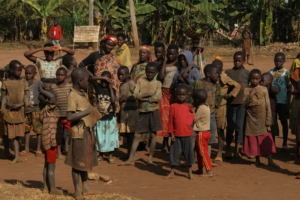
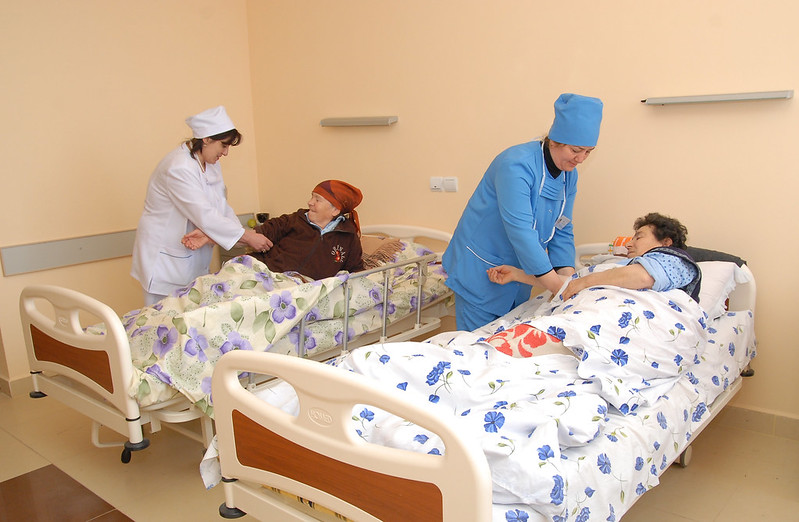 Cancer occurs in roughly
Cancer occurs in roughly 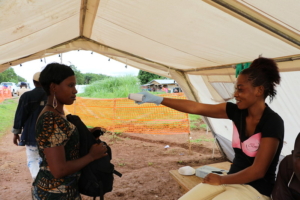
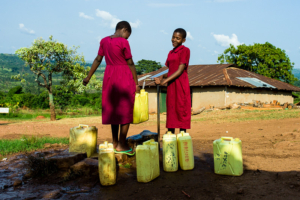 In Uganda, more
In Uganda, more 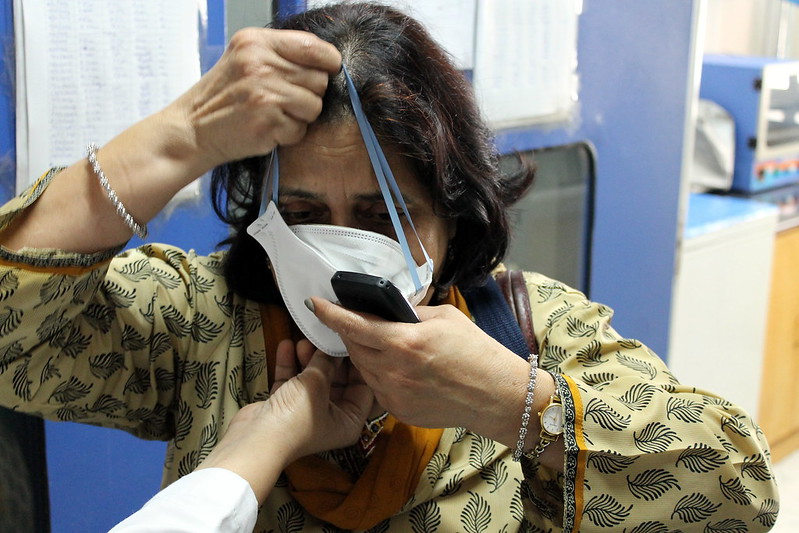 Recently, India’s Tuberculosis (TB) control program has treated more
Recently, India’s Tuberculosis (TB) control program has treated more 